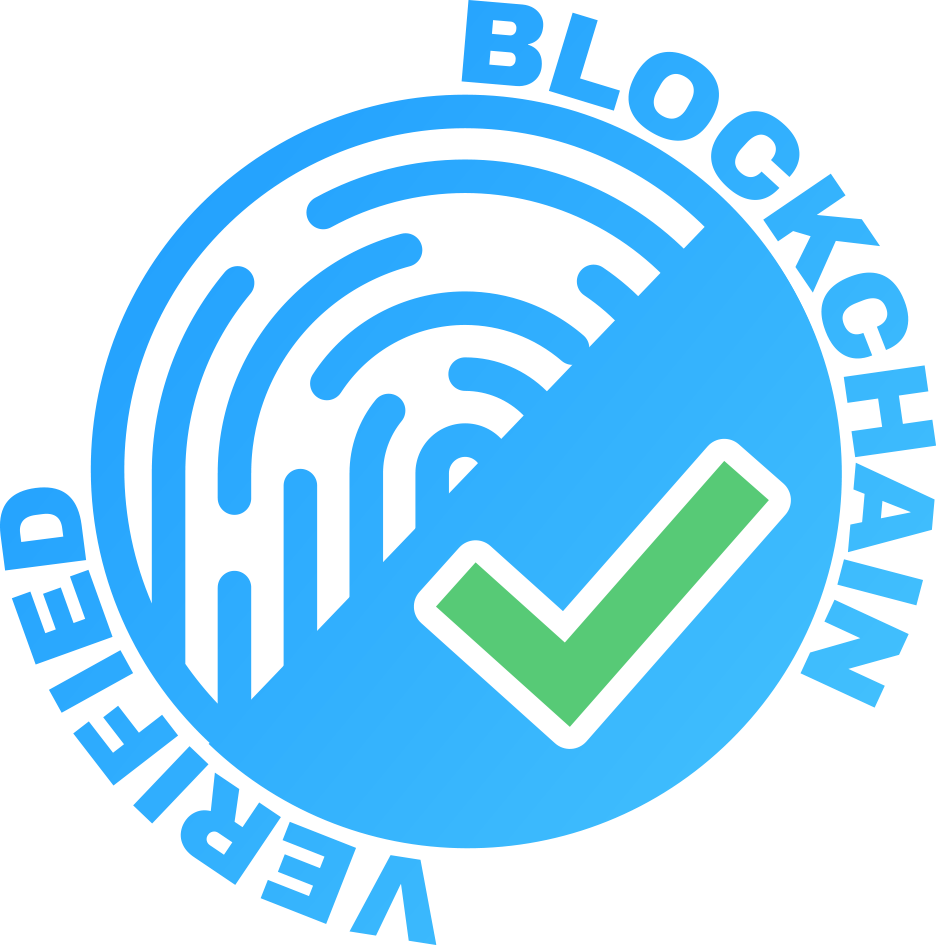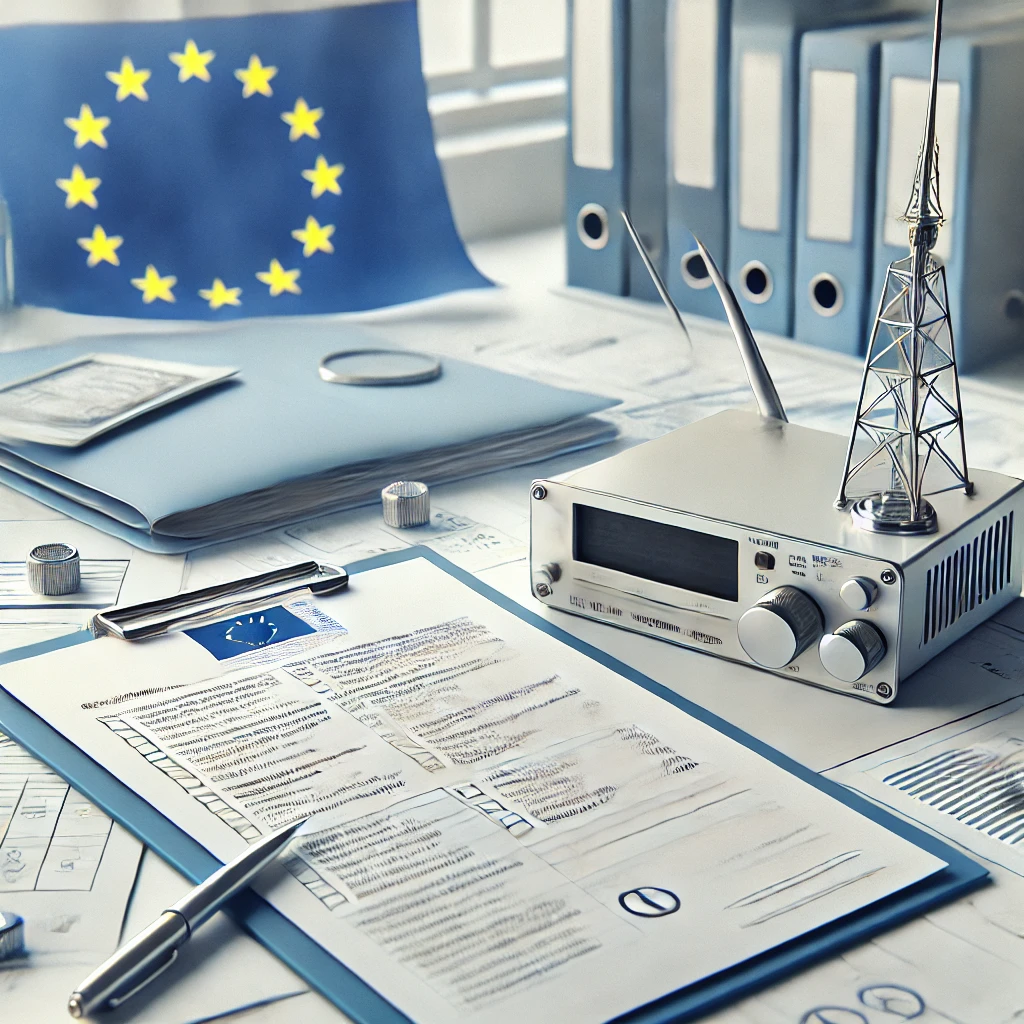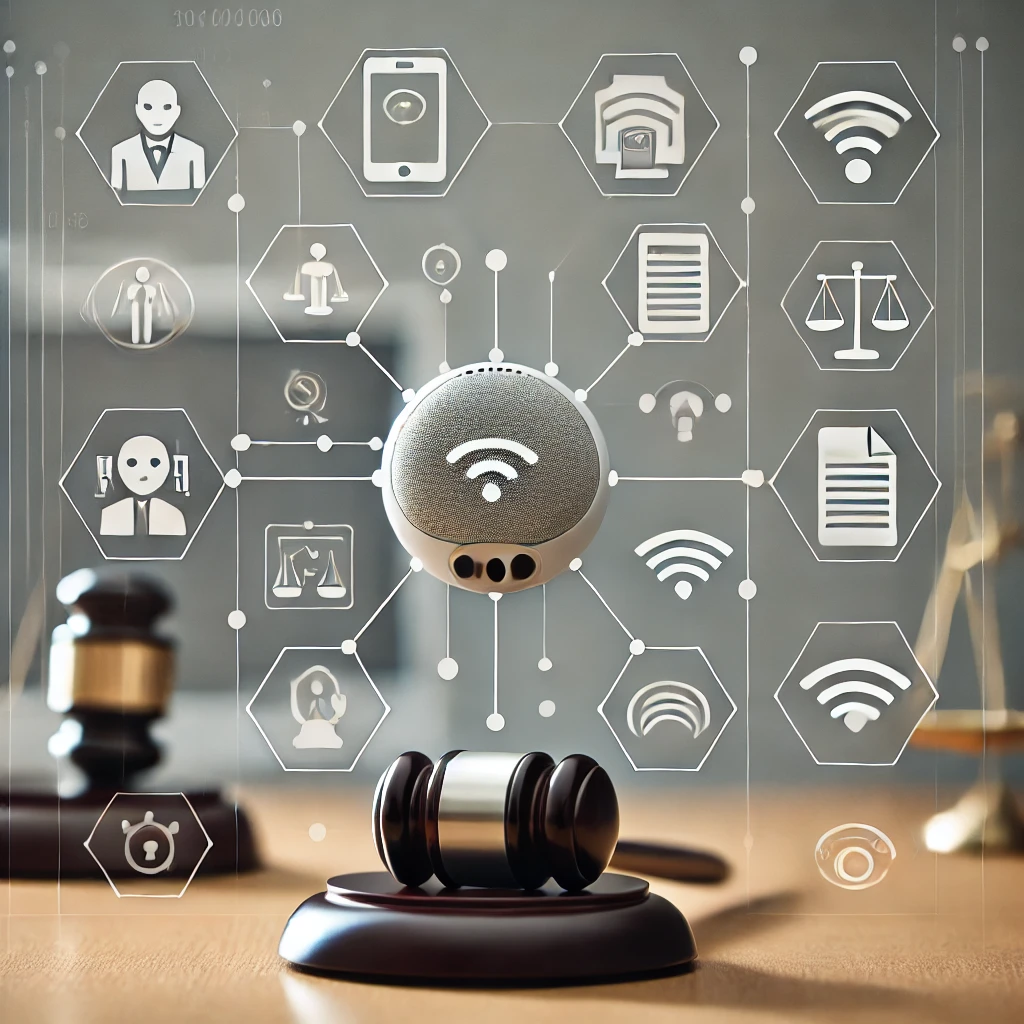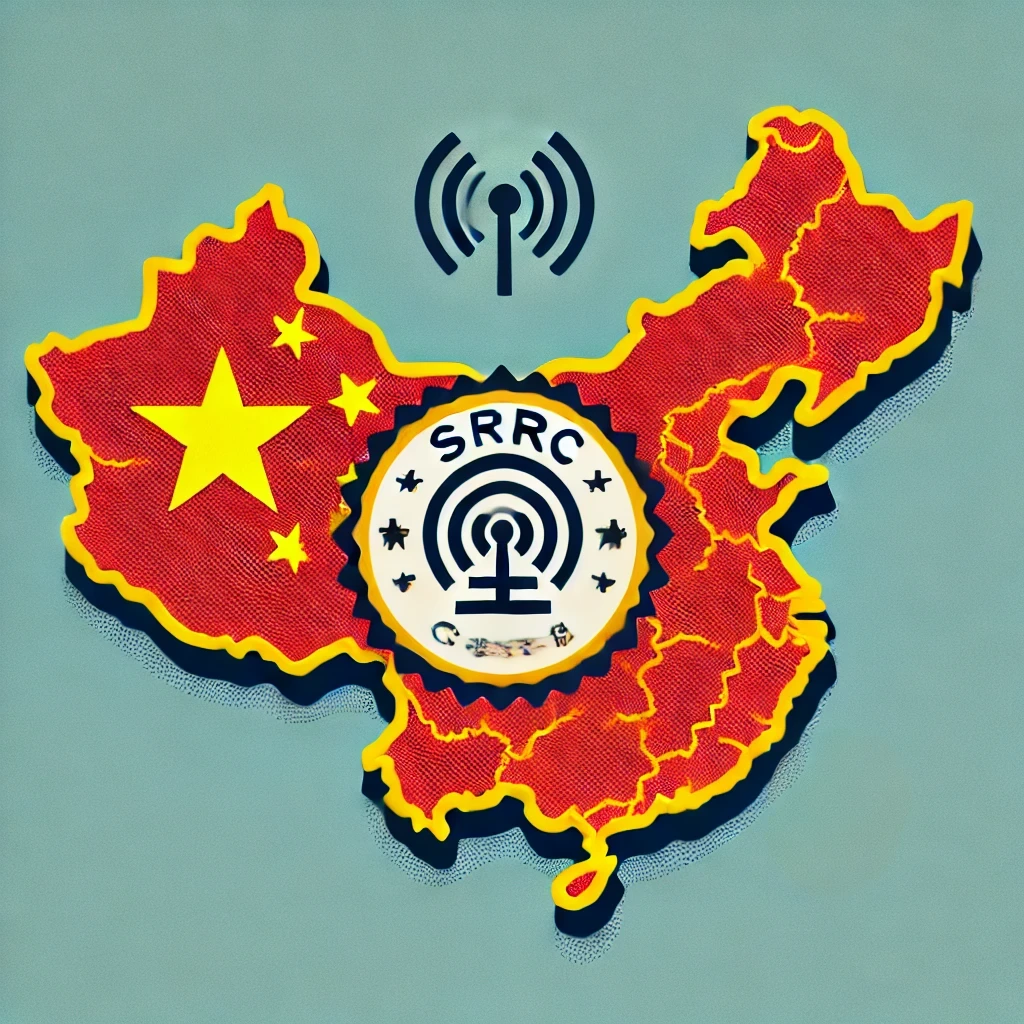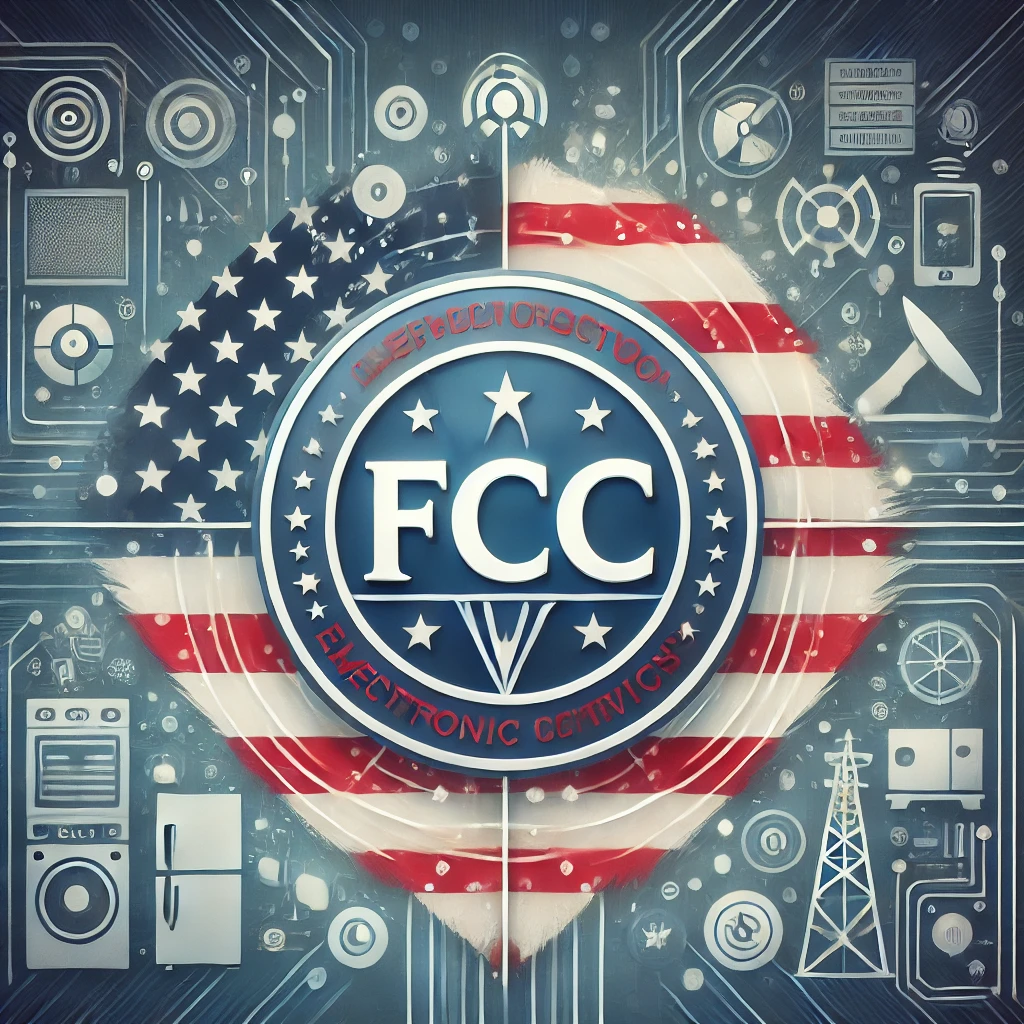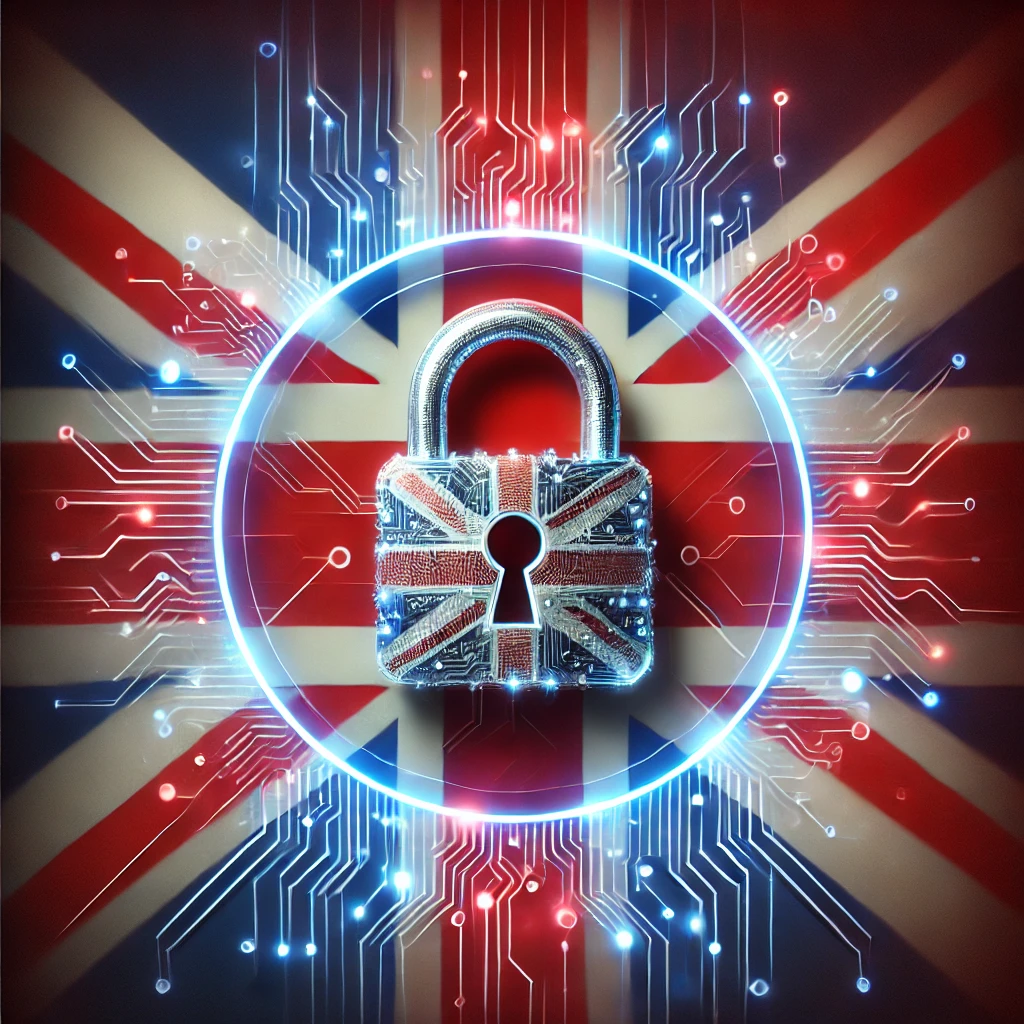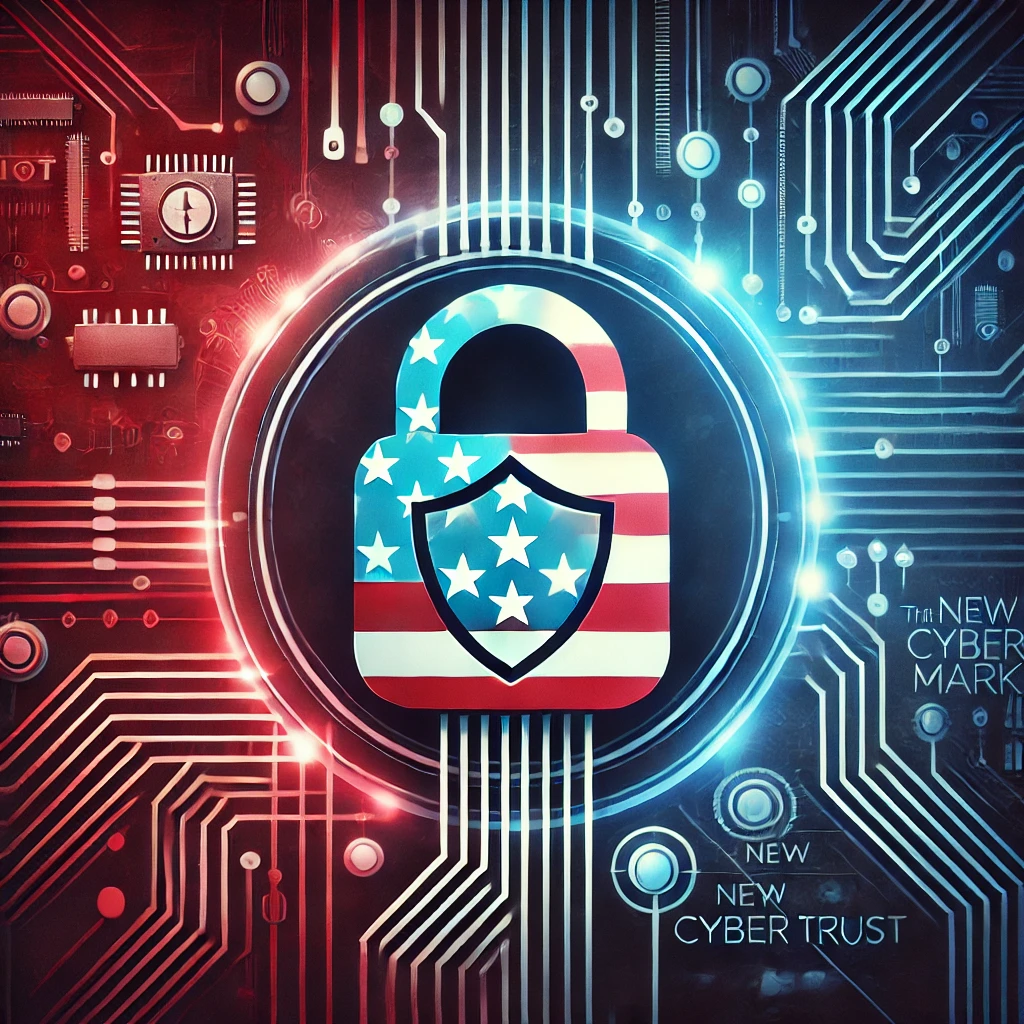Key Elements of Technical Documentation Under Directive 2014/53/EU (Annex V)
As the regulatory landscape for radio equipment in the European Union evolves, manufacturers must comply with Directive 2014/53/EU. A key part of this compliance is preparing technical documentation to prove the product meets essential requirements. Annex V outlines the key elements manufacturers must include: This documentation must be prepared before market entry and kept for …
Key Elements of Technical Documentation Under Directive 2014/53/EU (Annex V) Read More »
